
Corporations in technology, advanced manufacturing, data centers, energy, and construction increasingly view STEM education funding as a dual-purpose strategy. Leaders recognize that investing in K-12 STEM programs addresses community needs while securing long-term talent pipelines.
The U.S. Department of Education's STEM initiative underscores this priority, aiming to expand access to science, technology, engineering, and mathematics education nationwide.
Yet, gaps persist, especially in rural and low-income southeastern U.S. schools where resources fall short.
Betabox operates at this intersection. Since 2015, the company has delivered mobile STEM labs to over 500 schools, serving 325,000 students across 150 districts. These efforts provide free programs to schools through industry sponsorships, focusing on hands-on experiences like 3D printing, drones, and robotics.
For corporate partners, this model yields 4x to 10x returns in employer brand equity, talent recruitment, and workforce retention. Such outcomes align with broader trends, where companies like those partnering with NASA STEM Engagement leverage public-private collaborations to advance national workforce goals.
Rapid advancements in AI and automation demand skilled workers, yet 99% of schools lack preparation for these shifts. Corporate STEM investment fills this void, fostering innovation while enhancing ESG reporting.
Partners gain visibility in communities, strengthening ties with local governments and educators. Betabox's approach ensures investments translate to tangible skills, preparing students for roles in partner industries.
Companies deploy varied models to support STEM education, each tailored to maximize impact and ROI. Direct grants, sponsorships, and collaborative platforms enable scalable delivery without overburdening internal teams.
Many firms start with targeted sponsorships, funding specific programs like mobile labs or project kits. This method allows quick deployment, often at no cost to schools. Betabox facilitates these through its Impact Network, where partners browse school needs and allocate resources. For instance, sponsors provide hands-on projects that students use to build robotics or self-driving car prototypes, directly linking classroom learning to industry applications.
Such sponsorships build immediate goodwill. Evaluations from Betabox programs show a 25% instant boost in student STEM interest after one session, alongside a 50% improvement in content knowledge. These metrics help partners justify investments, demonstrating value beyond philanthropy.
Public-private partnerships amplify reach by blending corporate funds with government grants. Betabox structures these to align incentives, drawing from models that reallocate resources efficiently. A key example involves the University of West Alabama, where a Department of Labor grant expanded K-12 outreach, securing millions for rural districts.
These initiatives address funding gaps head-on. As outlined in Betabox's guide to addressing funding gaps in innovative STEM program financing for schools, partnerships unlock scalable solutions that sustain programs year-over-year. Companies contribute expertise, such as volunteer-led workshops, while public entities handle logistics. This synergy not only closes equity divides but also creates measurable pathways to employment.
Effective corporate STEM support goes beyond funding; it cultivates adaptable talent ready for nonlinear careers. Betabox emphasizes interdisciplinary projects that mirror real-world problem-solving, equipping students with systems thinking and creativity.
Hands-on experiences spark early interest and build confidence. Betabox's Onsite Field Trips deliver mobile labs to school parking lots, immersing entire grades in activities like coding environmental sensors. These turnkey resources require minimal school preparation, enabling broad participation.
Partners integrate their branding subtly, such as through career exploration tools that connect projects to industry roles. Google for Education's Code with Google offers a parallel example, providing resources that advance computer science skills. Betabox extends this by tying experiences to local needs, ensuring relevance for energy or manufacturing sectors.
Quantifiable outcomes drive sustained investment. Betabox tracks metrics like CTE enrollment increases and teacher retention, with educators reporting a 90% Net Promoter Score for program ease. Partners receive detailed reports on student engagement, informing recruitment strategies.
For ROI, consider talent attraction: programs expose students to company cultures early, yielding higher application rates from diverse pools. Betabox's blueprint process, accessible via onboarding, customizes these measurements, helping firms report 4x-10x returns in brand recognition and retention.
Betabox collaborations showcase how funding translates to pipeline success. These cases highlight scalable models that deliver community value and strategic gains.
Google partnered with Betabox to launch a STEM Tour in North Carolina schools, providing advanced tech resources like AI tools and robotics kits. This initiative reached underserved districts, boosting student awareness of tech careers. As detailed in the Google case study, the program generated videos and reports for Google's CSR portfolio, while fostering direct talent connections. Students engaged in project-based challenges, mirroring Google's innovation processes and inspiring future applicants.
MITRE funded field trips in Virginia, targeting rural schools with cybersecurity and engineering modules. The MITRE case study reveals how these efforts enhanced local brand equity, with 80% of implementations free to schools. Similarly, Cypress Creek Renewables supported sustainable energy projects in Texas, aligning with their operations. The Cypress Creek case study demonstrates volunteer management that integrated employee expertise, creating authentic career dialogues and long-term community ties.
These examples illustrate Betabox's role in operationalizing investments, from proposal design to impact evaluation.
Schools face hurdles like budget constraints and curriculum integration, which corporate partners can mitigate through strategic funding.
Property tax-based models exacerbate inequities, leaving low-income areas underfunded. Betabox counters this with innovative financing, as explored in overcoming curriculum adoption barriers in K-12 STEM programs. Partners fund turnkey solutions, bypassing procurement delays.
Scalability ensures programs endure. Betabox's equipping schools with scalable STEM solutions details phased implementations, starting with field trips and expanding to classroom kits. This approach, inspired by partnerships like Toyota's with the University of Mississippi for enhanced STEM learning, builds teacher capacity and student skills progressively.
Corporations ready to fund STEM while building pipelines can engage Betabox through simple steps. Join the Impact Network to identify opportunities, then collaborate on tailored proposals. Onboarding includes blueprint planning, funding alignment, and deployment support.
Betabox's ecosystem, which encompasses field trips, hands-on projects, and Classbox.com, delivers evidence-based results. With 325,000 students impacted, these efforts future-proof workforces. Contact the team to explore how your investment can spark the next generation of innovators.
How do companies fund STEM education initiatives?
Companies fund through direct sponsorships, grants, and public-private models. Betabox enables this via its Impact Network, covering mobile labs and projects at no cost to schools.
Why do corporations invest in STEM education?
Investments address talent shortages and enhance ESG goals. They build diverse pipelines, improve brand equity, and yield 4x-10x ROI in recruitment and retention.
What are the benefits of building a STEM talent pipeline?
Benefits include access to skilled, local workers, reduced turnover, and innovation from diverse perspectives. Programs like Betabox's boost STEM interest by 25%, preparing students for industry roles.
How do public-private partnerships support STEM programs?
They blend corporate funds with grants for scalability. Betabox structures these to align outcomes, as seen in collaborations with universities and employers for rural outreach.
What role do companies play in K-12 STEM education?
Companies provide resources, volunteers, and expertise. Through Betabox, they sponsor hands-on experiences that integrate real-world applications, fostering career readiness.
How can businesses measure the ROI of STEM funding?
Track metrics like student engagement (50% knowledge gains), NPS (90% for educators), and talent metrics (application increases). Betabox supplies detailed reports for ESG alignment.


Ready to learn how Betabox resources can be implemented at your school or District?
Book a Blueprint Call

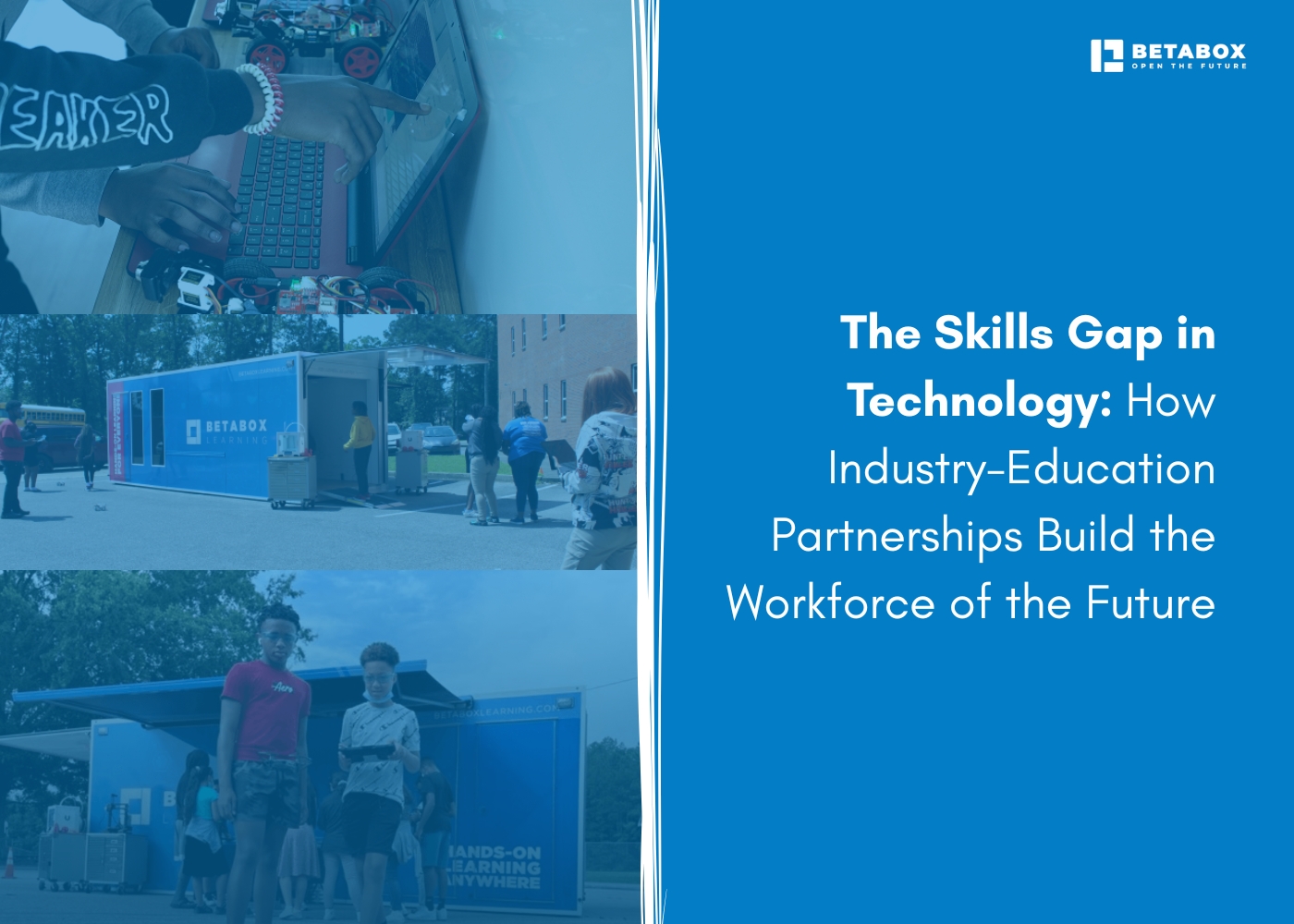

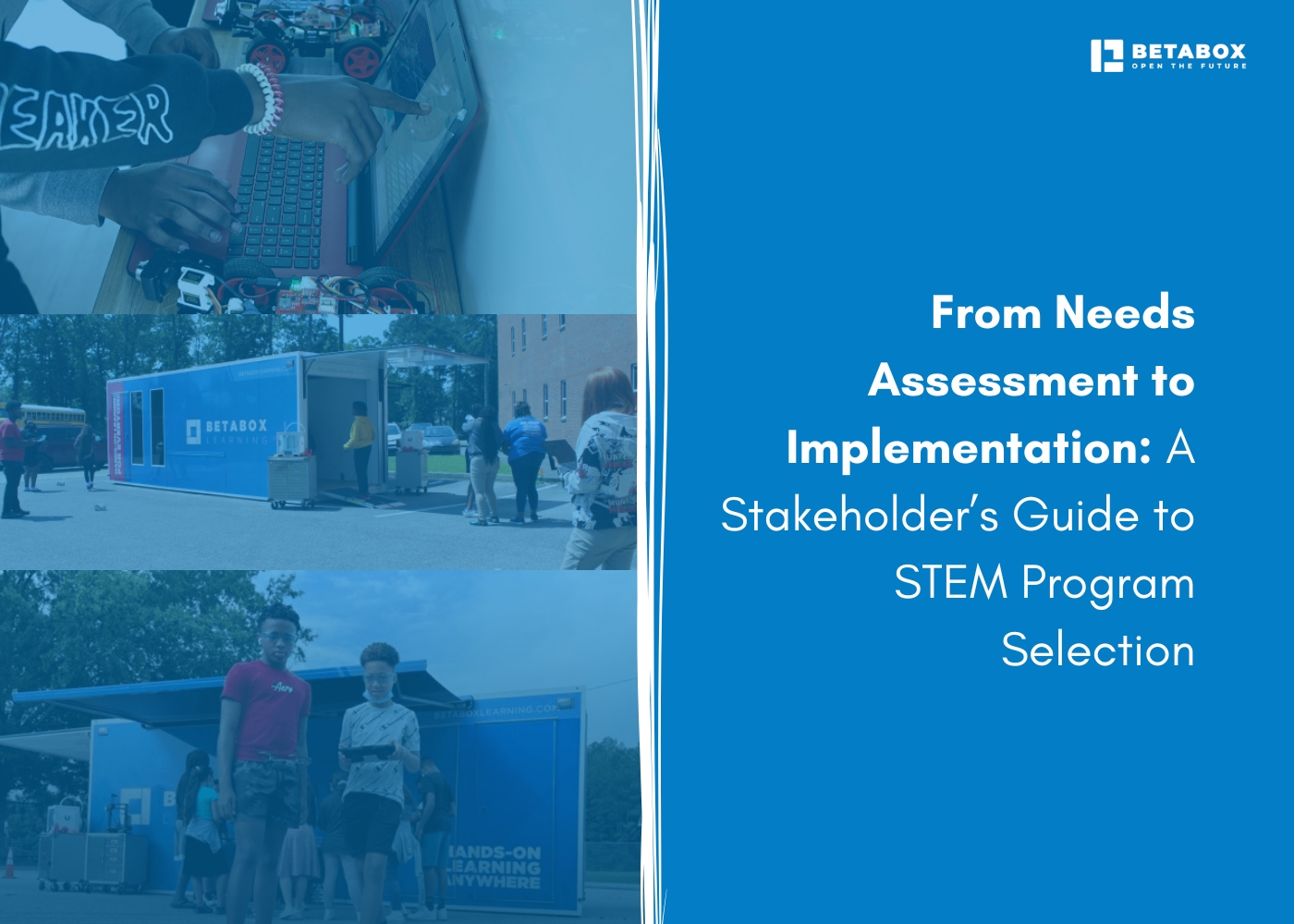

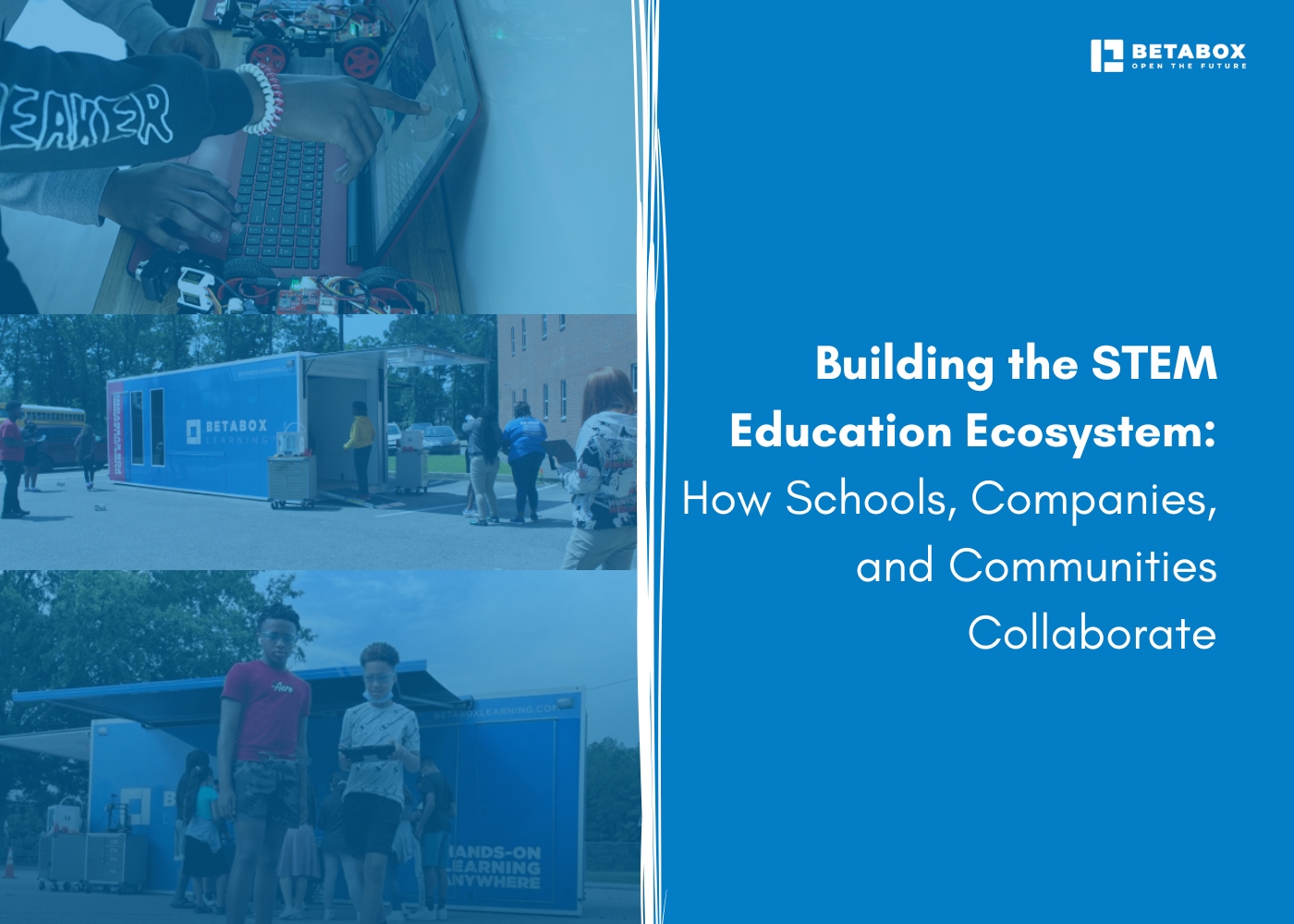

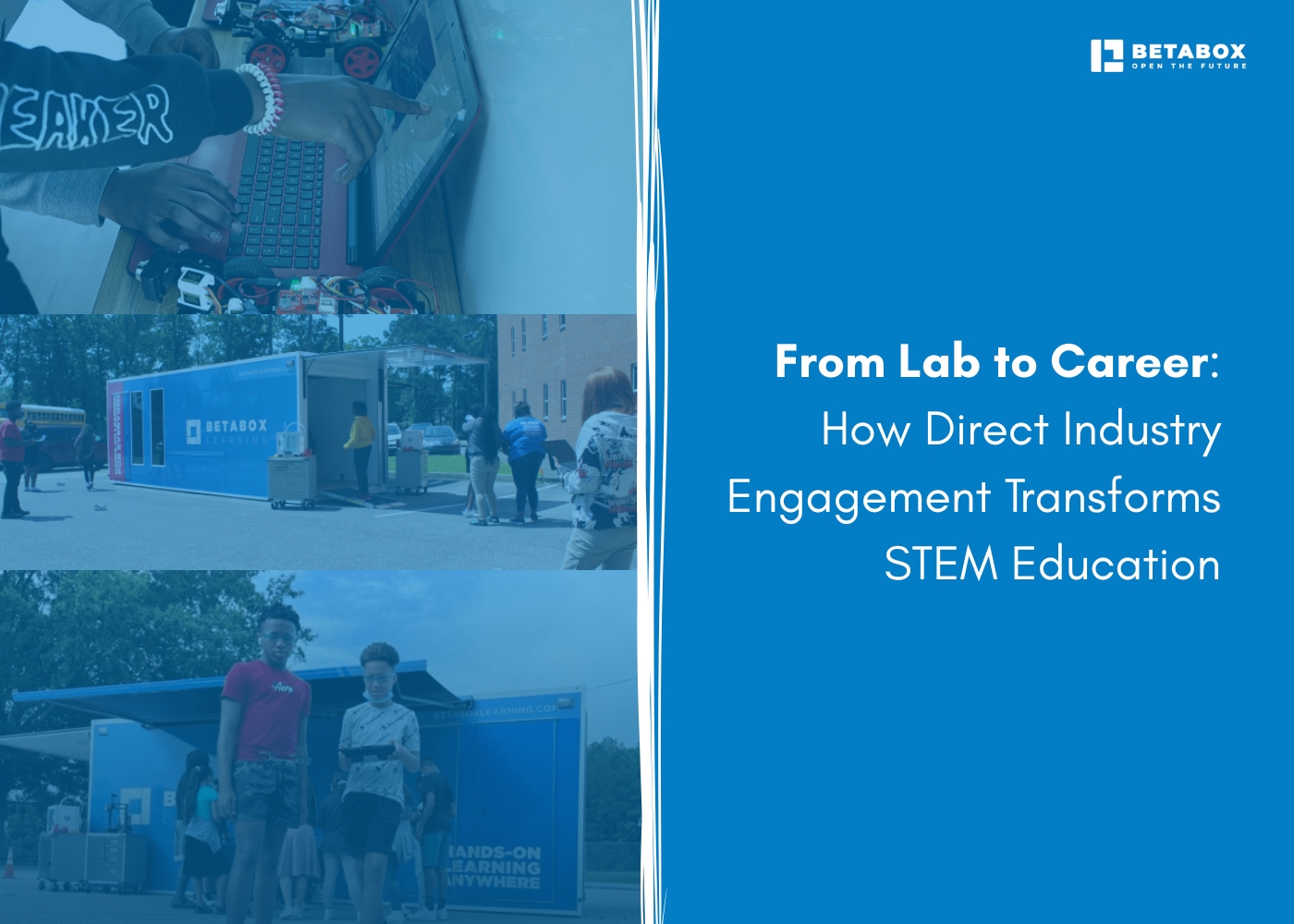

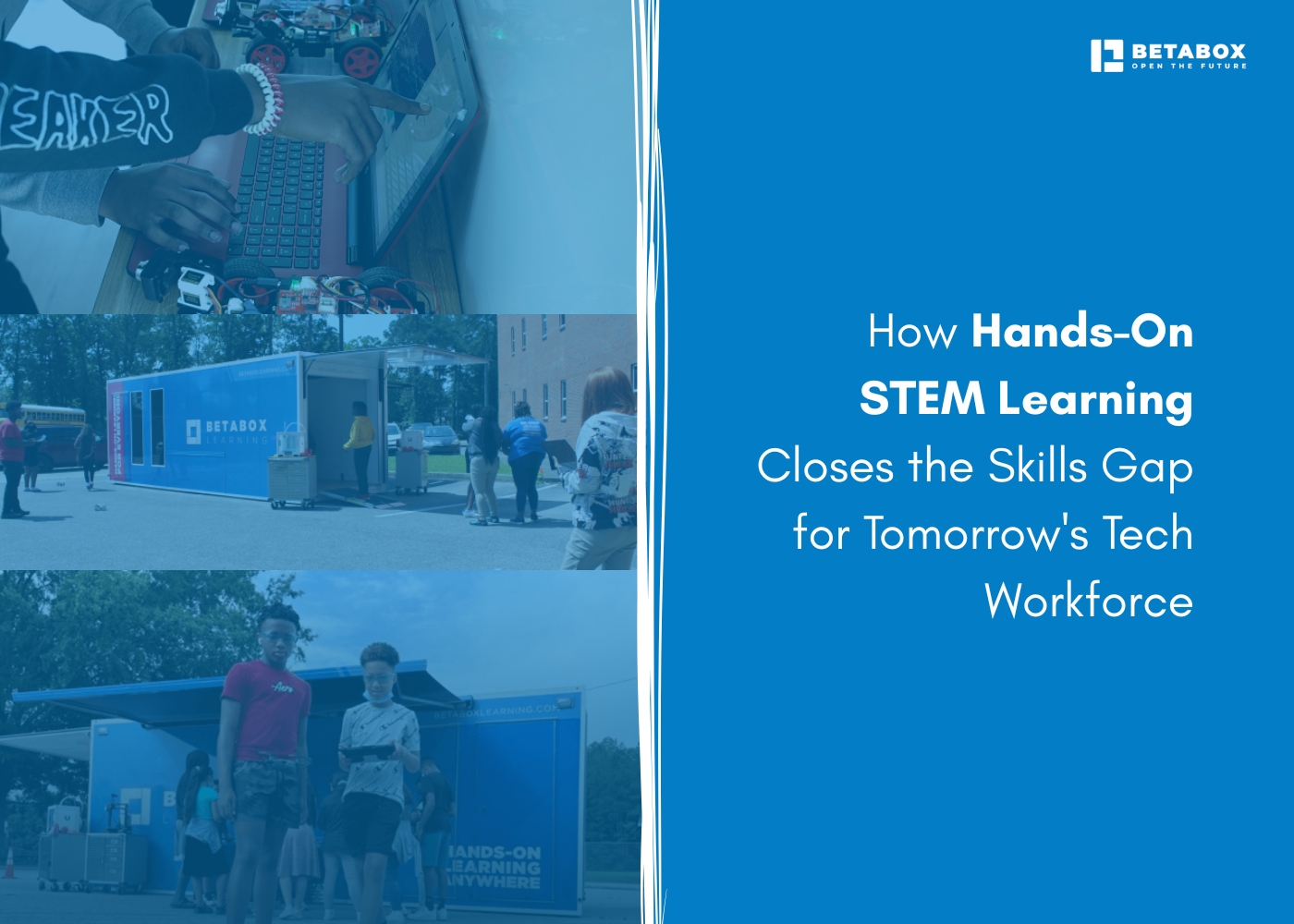



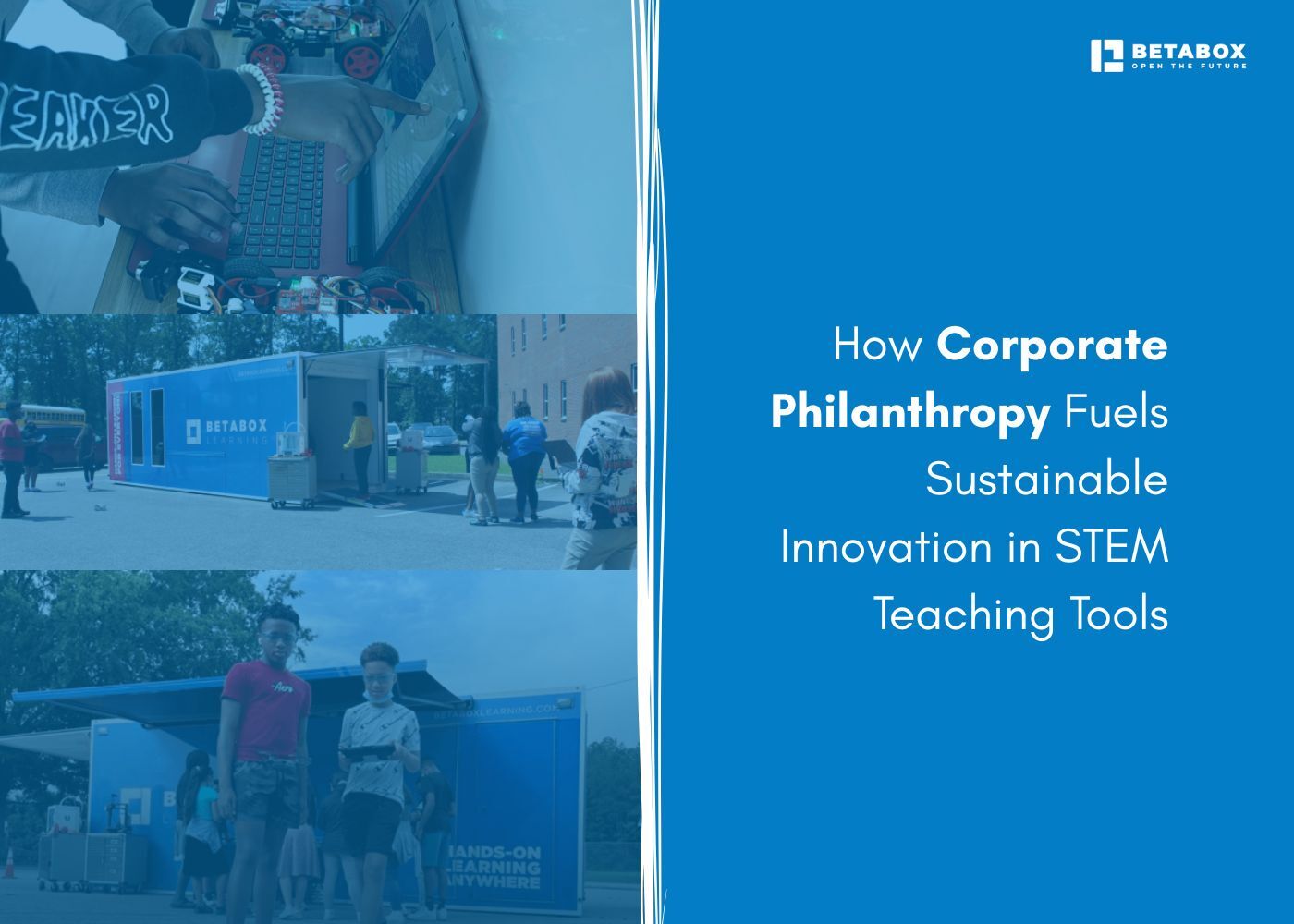

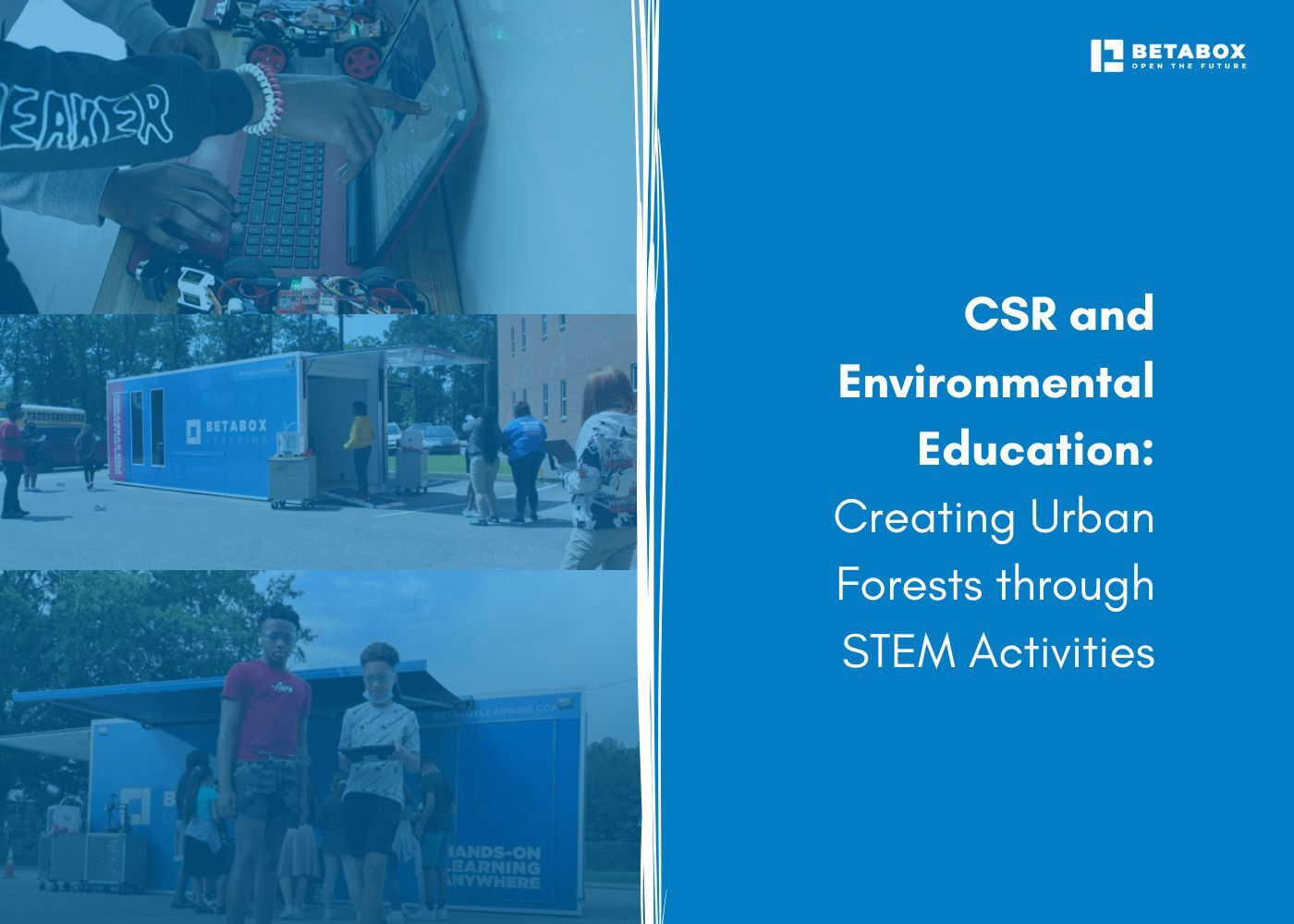



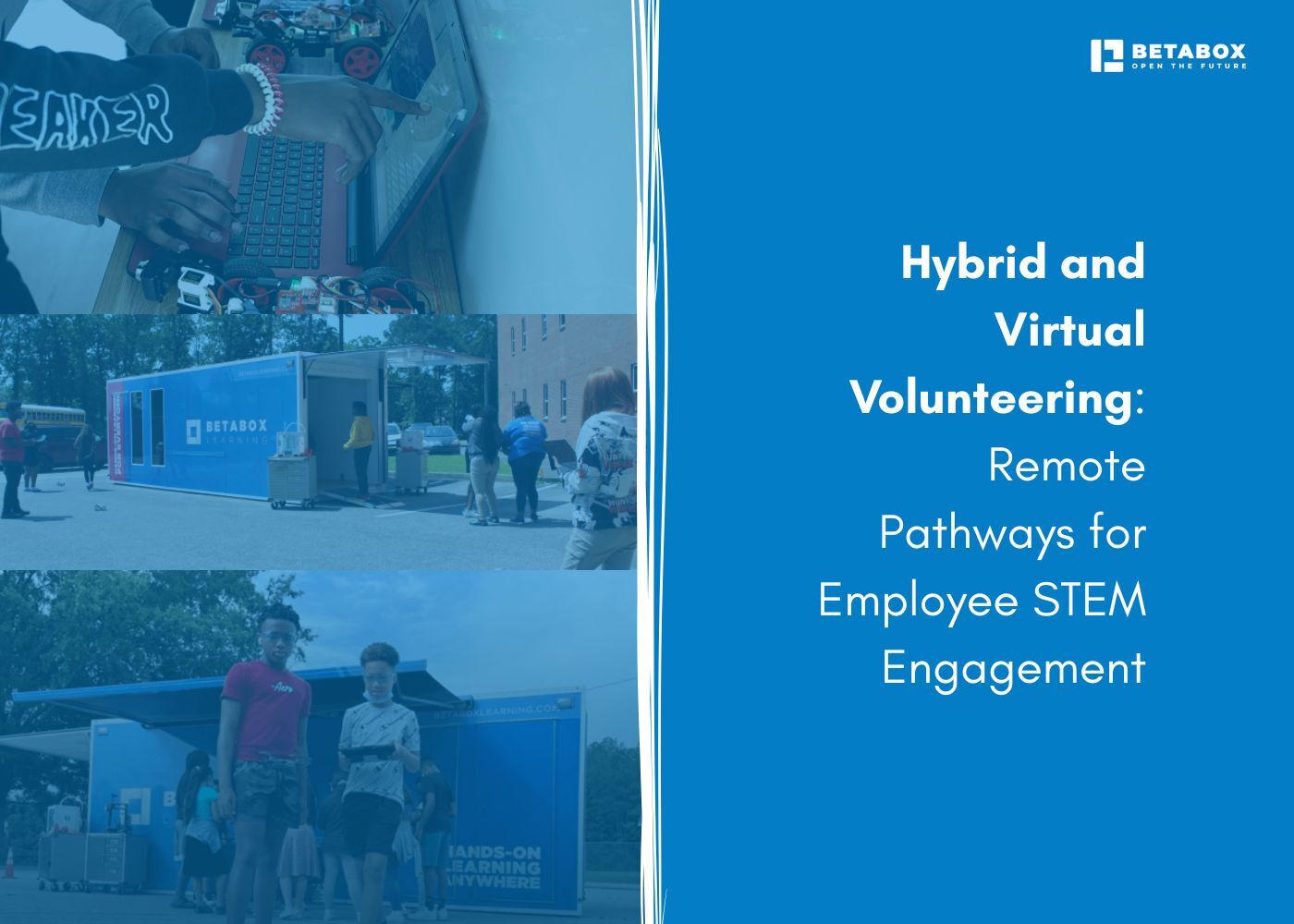





At Betabox Learning, we are passionate about making hands-on STEM curricula accessible to all students.

Join our newsletter to stay in the loop on all things Betabox and the future of STEM education.
By submitting your email address, you agree to our Privacy policy and Terms of Service. You can unsubscribe any time via the link in your email.
© 2025 Betabox. All Rights Reserved
